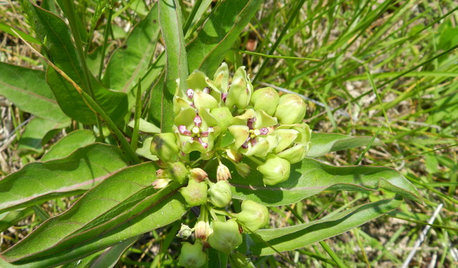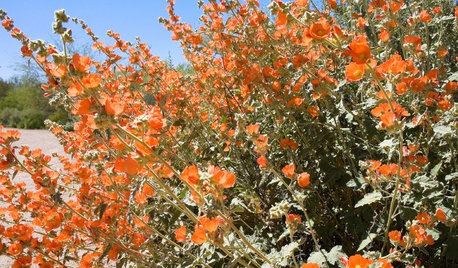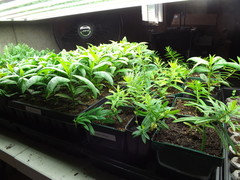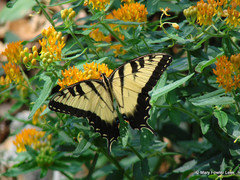Asclepias Tuberosa vs Curassavica
taylorjonl Taylor
9 years ago
Featured Answer
Sort by:Oldest
Comments (15)
dbarron
9 years agotaylorjonl Taylor
9 years agoRelated Professionals
Edmond Landscape Contractors · Wakefield Landscape Contractors · Dallas Landscape Contractors · Leicester Landscape Contractors · New Cassel Landscape Contractors · Palatine Landscape Contractors · Siloam Springs Landscape Contractors · Sun Valley Landscape Contractors · Leesburg Siding & Exteriors · Bellingham General Contractors · Brighton General Contractors · Enumclaw General Contractors · Lake Forest Park General Contractors · Saginaw General Contractors · Schertz General Contractorsdbarron
9 years agotaylorjonl Taylor
9 years agodbarron
9 years agotaylorjonl Taylor
9 years agodbarron
9 years agomilkweedmanic
9 years agotaylorjonl Taylor
9 years agoMary Leek
9 years agoWoodsTea 6a MO
9 years agobarbarag_happy
9 years agoMeghan (southern VT, 5b)
8 years agolast modified: 8 years agolgteacher
8 years ago
Related Stories

GARDENING GUIDESGreat Design Plant: Asclepias Incarnata for a Butterfly Garden
Beautiful swamp milkweed makes it easy to help monarchs and other pollinators in eastern U.S. gardens
Full Story
GARDENING GUIDESGreat Design Plant: Asclepias Viridis
Green antelopehorn is a milkweed that is short, drought-tolerant, not aggressive and a monarch favorite
Full Story
GARDENING GUIDESGreat Design Plant: Butterfly Milkweed, a Beacon in the Prairie
Vivacious orange flowers for you, nectar for the butterflies and bees. Asclepias tuberosa is worth planting for more reasons than one
Full Story
GARDENING GUIDES6 Plants That Beat Butterfly Bush for the Wildlife Draw
It's invasive, a nonnative and a poor insect magnet. Check out these better alternatives to butterfly bush in the garden
Full Story
GARDENING GUIDESGreat Design Plant: Milkweed
Quit cringing. This not-weed plant is a sight to behold in the garden, has a delicious vanilla scent and is a magnet for butterflies
Full Story
GARDENING FOR BUTTERFLIESBe a Butterfly Savior — Garden for the Monarchs
Keep hope, beauty and kindness alive in the landscape by providing a refuge for these threatened enchanters
Full Story
GARDENING GUIDESAttract Hummingbirds and Bees With These Beautiful Summer Flowers
Roll out a welcome mat for pollinators to keep your landscape in balance and thriving
Full Story
GARDENING GUIDES6 Steps to Creating Your Butterfly Garden
Encourage these fanciful winged beauties to visit your garden while helping restore their fragmented habitat
Full Story
GARDENING GUIDESWarm Up Your Garden With Orange Flowers
Hummingbirds and butterflies are not the only ones who will notice when you introduce a blaze of orange into your garden
Full Story
GARDENING GUIDESOh, Deer! 10 Native Flowers That Stand Up to the Herds
Keeping a garden amid hungry deer can be hard, but these plants should fare well
Full Story







dbarron